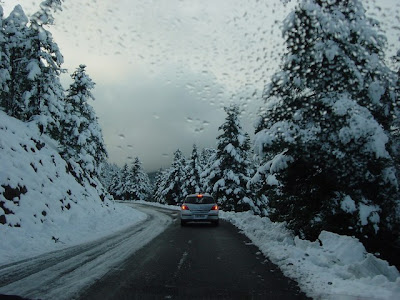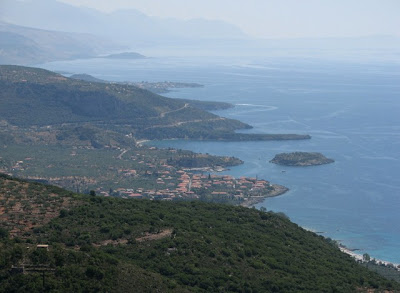
In 1573, two years after the defeat of the Ottoman fleet at the battle of Naupaktos (Lepanto), the Turks built the fortress of Pylos, in order to control the southern entrance to the bay of Navarino, the largest natural harbour in the Peloponnese. The new fortress was called Niokastro (New Castle), to distinguish it from the Old Castle, the Frankish castle on the peninsula of Koryphasion, which had controlled the opposite, northern entrance to the bay up to that time.
Pylos is famous for the naval battle fought on 20 October 1827, during the Greek War of Independence, in the bay of Navarino. An Ottoman and Egyptian armada was destroyed by a combined British, French and Russian naval force. The Battle of Navarino was the last major naval battle in history to be fought entirely with sailing ships.
This is a view from the top of the Niokastro wall. The island in the distance is called Sfaktiria.











